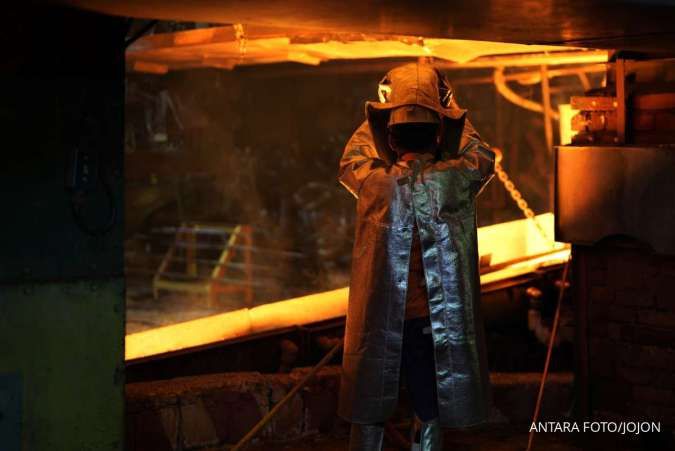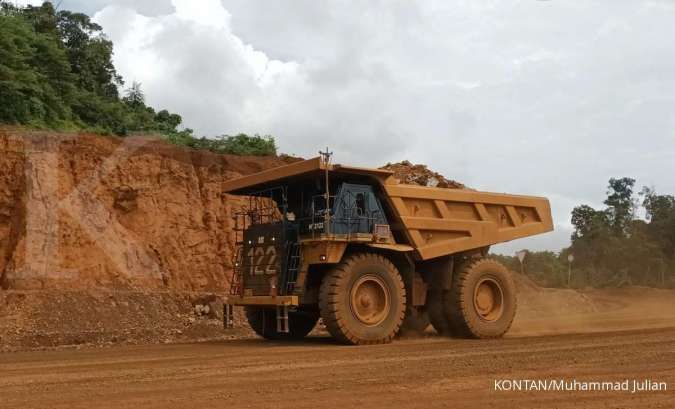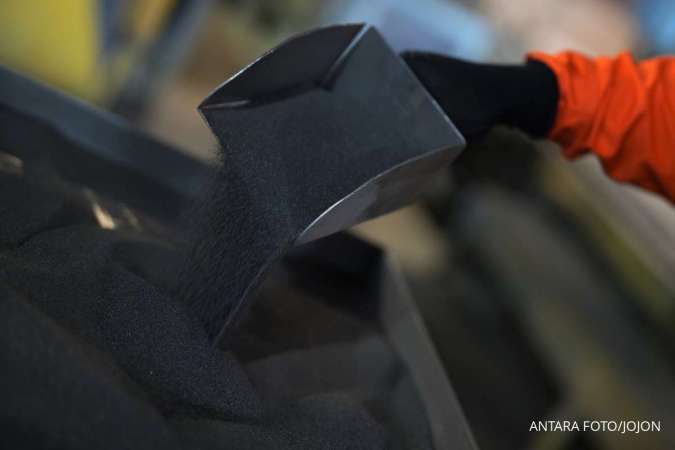CORPORATE STRATEGIC – JAKARTA. The performance of PT Vale Indonesia Tbk (INCO) is projected to decline in 2024 compared to 2023. This is due to the falling nickel prices caused by oversupply.
Research Analyst MNC Securities Alif Ihsanario said, the sentiment overshadowing nickel miners is the condition of oversupply from aggressive downstream efforts in Indonesia.
The oversupply is due to the piled-up supply chain inventory, coupled with the sluggish economic pulse from China that caused prices to plummet. “The puzzle of this oversupply is expected to continue at least until 2025,” he wrote in his research, Tuesday (20/2).
Therefore, INCO's performance this year is expected to be pressured. MNC Securities estimates the company's revenue to fall 18.69% to US$ 1 billion and net profit to fall 49.69% to US$ 138 million.
INCO's prospects are also hampered because there are concerns about the decreasing demand for nickel due to the increasing preference of the electric vehicle industry for Lithium Ferro-Phosphate (LFP) batteries. This is because LFP has a higher life cycle and lower risk from thermal.
Read Also: Here is the Progress Update on the Smelter Project Owned by Vale Indonesia (INCO)
Various sources, Fastmarkets and ARK Investment have shown a tendency that LFP batteries will become more common in the future.
By 2033, LFP batteries are expected to dominate 48% of the EV market share, energy storage system and consumer electronics. It is then followed by NMC batteries at 43%.
However, Alif sees the EV market in the west still supports NMC batteries due to concerns about range.
In addition, according to McKinsey, NMC811 cells already have the same raw material cost as LFP. The price gap is more accurately credited to its price premium, including production costs and depreciation, as well as value-added premiums and profits.
In 2021, the price premium over raw material costs for NMC811 cells reached about 80%, much larger than LFP which is only about 35%. “Whether prices will decrease significantly or not depends on the flexibility of IRA policy in the future considering FEOC implications,” he explained.
/2022/02/11/430553171p.jpg)













